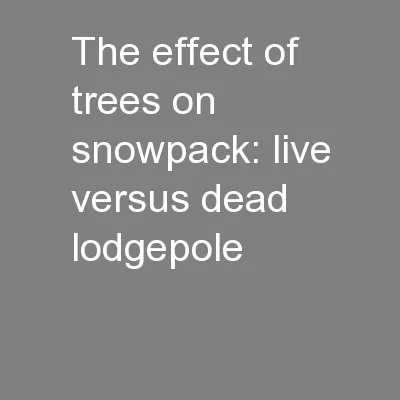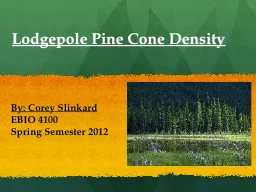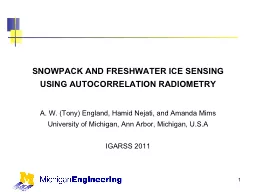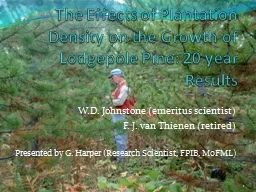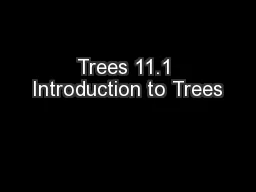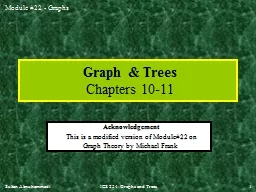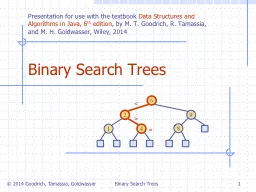PPT-The effect of trees on snowpack: live versus dead lodgepole
Author : calandra-battersby | Published Date : 2016-11-14
Dylan Brown Winter Ecology Spring 2014 Mountain Research Station University of Colorado Boulder Introduction Mountain pine beetles are increasing the number of dead
Presentation Embed Code
Download Presentation
Download Presentation The PPT/PDF document "The effect of trees on snowpack: live ve..." is the property of its rightful owner. Permission is granted to download and print the materials on this website for personal, non-commercial use only, and to display it on your personal computer provided you do not modify the materials and that you retain all copyright notices contained in the materials. By downloading content from our website, you accept the terms of this agreement.
The effect of trees on snowpack: live versus dead lodgepole: Transcript
Download Rules Of Document
"The effect of trees on snowpack: live versus dead lodgepole"The content belongs to its owner. You may download and print it for personal use, without modification, and keep all copyright notices. By downloading, you agree to these terms.
Related Documents

